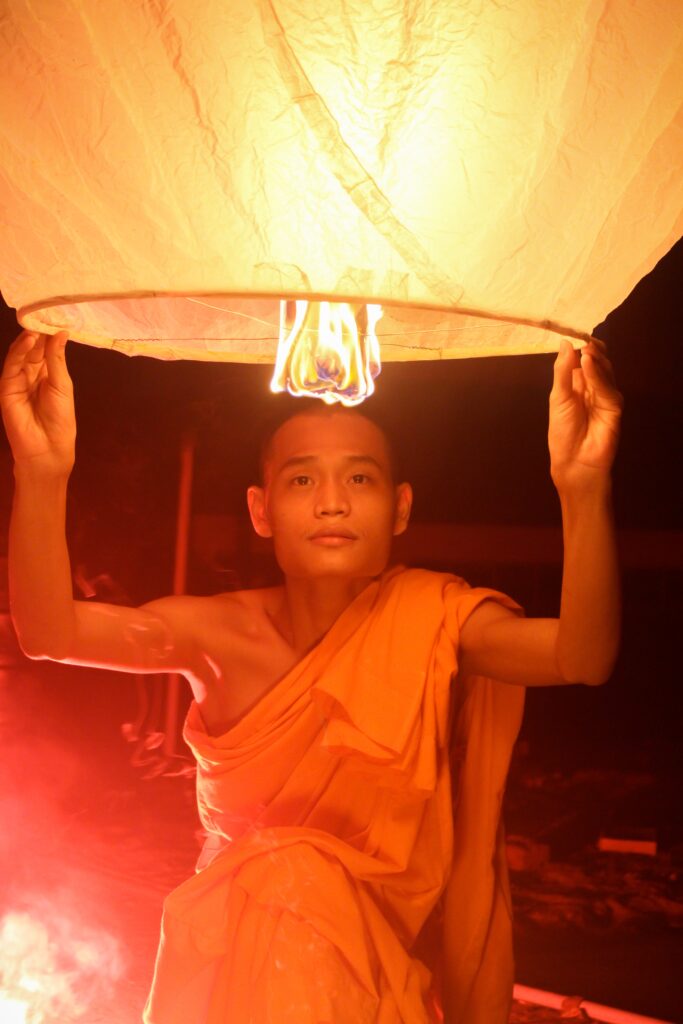Emptiness is not Empty
Tahn Pamutto continues reflecting on the practice of cultivating Emptiness. In the early stages it’s just like any other method of cultivating mindfulness by continually bringing the mind back to its focus. What is different is the reflection that underpins it all – the five aggregates are all constructions and additions to what is actually […]
Emptiness is not Empty Read More »



